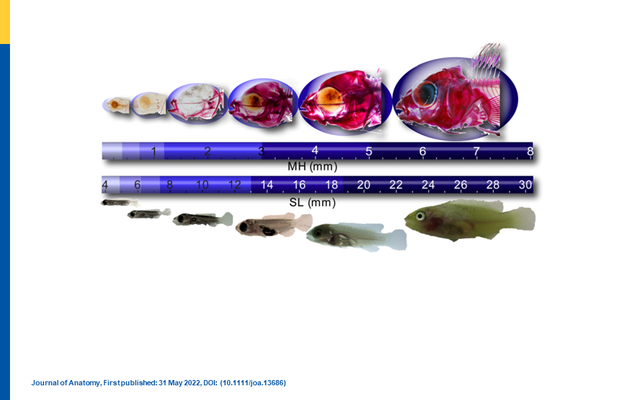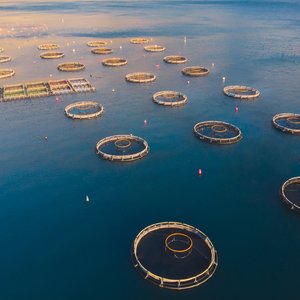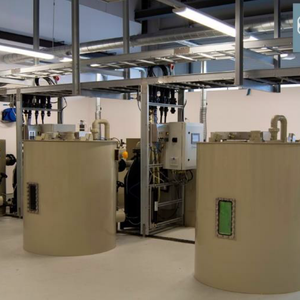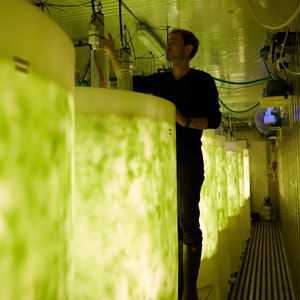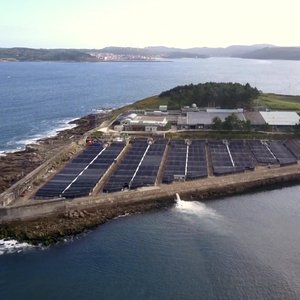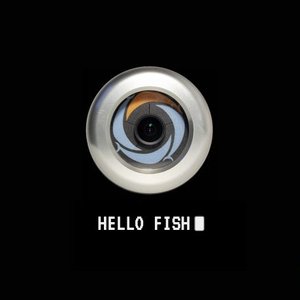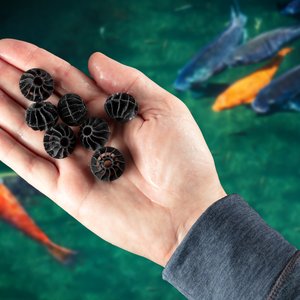Norwegian researchers have described six developmental stages for the ballan wrasse, from the first feeding until the juvenile stage, supported by specific descriptions of cranial ossification, maturation of the digestive tract, and growth-correlated stages.
The initial formation and development of bones are closely linked to the functional anatomical structures required for the mechanics of its feeding behavior and ingestion, particularly the jaws and branchial regions involved in opening the mouth and capturing food particles. The overall ontogeny of the cranial structure compares to that of other teleosts. The cranial ossification of the ballan wrasse skull and the development of its dentary apparatus – first pharyngal teeth and later oral teeth – is linked to the development of the digestive system and to their feeding habits, from preying on zooplankton to feeding on crustaceans and invertebrates on rocks and other substrates.
As ballan wrasse is a nibbler, eating small meals, the digestive tract is short compared to the length of the fish; there is no stomach or peptic digestion and also no distinctive bulbus and pyloric ceca. The liver and exocrine pancreas and their outlets terminating in the lumen of the most anterior part of the intestine are important in the digestive process and develop with a larger volume than that in gastric teleosts, relative to the digestive system.
Check out the study here.


